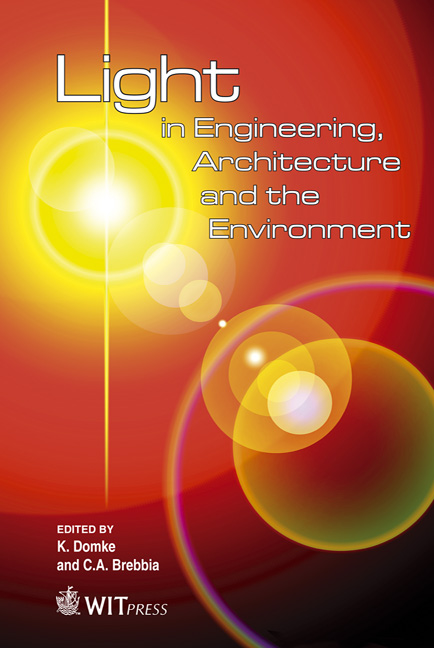Performance Of LED Street Lights In Hot Environments
Price
Free (open access)
Transaction
Volume
121
Pages
12
Page Range
147 - 158
Published
2011
Size
2,931 kb
Paper DOI
10.2495/LIGHT110131
Copyright
WIT Press
Author(s)
R. Saraiji, A. Harb & M. O. Hamdan
Abstract
Solid-state LED street lights present significant benefits to street light operators as well as drivers and pedestrians. Questions remain, however, about their performance in high temperature conditions. This paper explores the performance of LED street light in one of the hottest regions in the world. Two LED street lights were installed in an actual street in the city of Al Ain, United Arab Emirates. The street was closed to the traffic and illuminance measurements were taken daily every 10 minutes throughout the summer of 2010. Temperature and relative humidity values were also taken inside the two light fixtures as well as outside the fixtures. The summer of 2010 had significantly high temperatures with one week in July reaching maximum ambient temperatures of 53oC. This paper shows the Lux levels as well as the temperature and relative humidity data acquired in the field. Results show fairly stable light levels throughout the summer. The Lux levels did not change by more than 10% throughout the summer. Keywords: LED, solid-state lighting, street light, roadway lighting. 1 Introduction Solid-state (LED) street lights present significant benefits to street light operators as well as to drivers and pedestrians alike. However questions remain on their performance in high temperature conditions. Whereas, many studies have reported the relationship between junction temperature and luminous flux on laboratory conditions, few studies were made on site under real conditions. In recent decades, numerous papers have analyzed the LED (solid-state lighting) thermal challenge [1, 6]. The LED thermal challenge is a bottleneck
Keywords
LED, solid-state lighting, street light, roadway lighting





